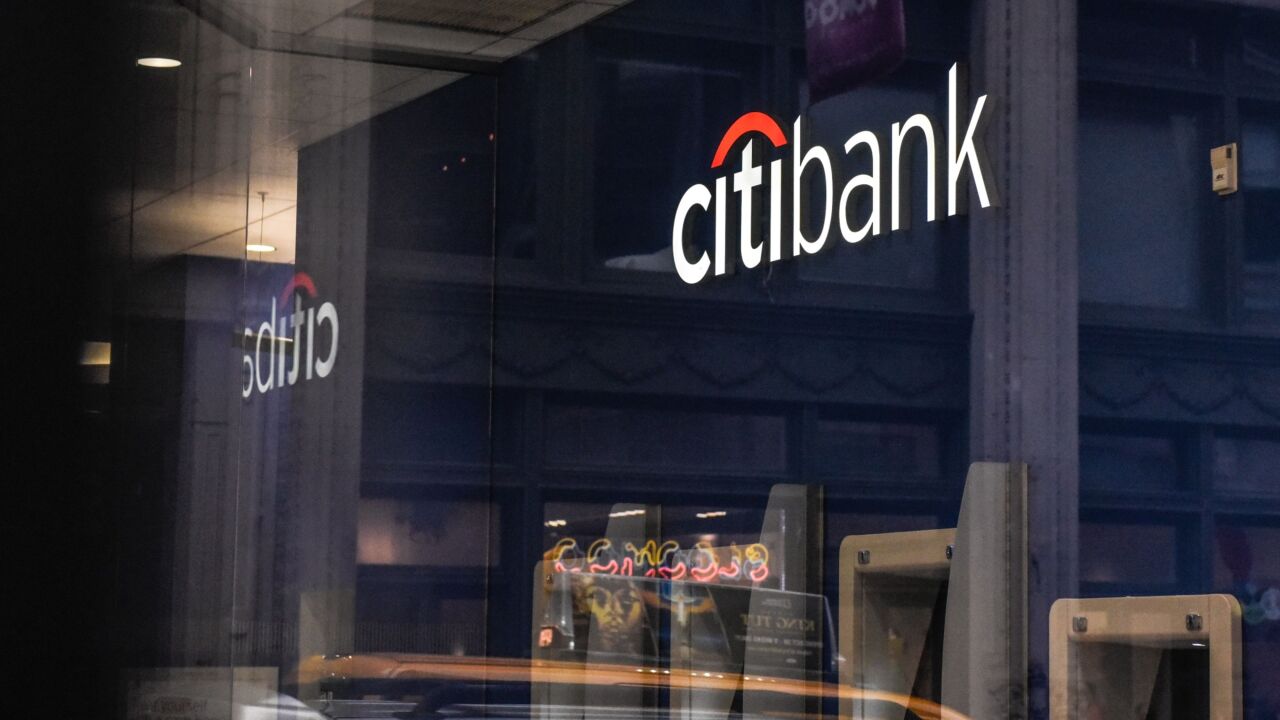Austin Capital Bank in Texas is taking a page from fintechs’ book and offering embedded insurance.
It’s unusual: Chartered banks and insurance companies in the U.S. rarely cross-sell each other’s products. But with the help of a fintech partner, Austin Capital is experimenting with ways to tie the two services together.
There are several benefits to financial institutions that offer insurance comparison tools. They can help provide a more holistic financial services experience to their customers, accumulate noninterest revenue in the form of shared sales commissions, and shore up customer data or signals about their life stages and needs. Embedded insurance is also convenient for customers who don’t want to spend hours sifting through quotes or running calculations.
“Shopping for insurance is hard,” said Erik Beguin, CEO of the $423 million-asset Austin Capital. “It takes time. Consumers don’t want to know everything there is to know about insurance. They just want to know, am I covered and am I getting a good deal?”

Car insurance is a prevalent need. It is required in every state but New Hampshire and Virginia. The average monthly cost is $139.50, according to the latest available
Trellis is an insurtech in Salem, New Hampshire, that lets consumers share their insurance information with other apps or websites. In December, it upgraded Savvy, its platform that helps consumers compare auto insurance plans, to let people purchase auto insurance and cancel old plans in the same portal. The company works with fintechs like Albert and Acorns, as well as Austin Capital Bank.
Austin Capital extends Savvy to all customers of its
Beguin said the combination of Credit Strong and auto insurance shopping is logical. Reducing car insurance payments can help Credit Strong’s users save more, and a rising credit score may positively influence their car insurance rates.
When users click on that car insurance tile, they are asked to give Trellis their car insurance username and password. Trellis authenticates with the insurer’s server, parses their policy and delivers the information to Savvy, which compares the customer’s policy against hundreds of options, including plans from top insurers such as Progressive, Allstate and USAA. It will then ask the user through an online form to fill in any gaps, such as other types of insurance they have, or their occupations, so it can locate the proper discounts. Customers can then compare their current coverage against other options side by side, either in the partner’s app or on Savvy’s co-branded website, from the average monthly cost to liability limits for bodily injury.
If customers prefer not to hand over their insurance logins, they can still explore rates without the side-by-side comparison to their plans.
“I think of the insurance marketplace as a little like an online dating app or chaperoned matchmaking,” said Daniel Demetri, the founder and CEO of Trellis.
He has been exploring how his company’s bank partners can use Trellis’s insurance data to cross-sell to their customers.
“We’re starting to talk about how banks take insurance data and recommend financial services products,” he said. “A customer that drives a lot of miles may be a great fit for a credit card with cash back on gas. Or if the bank sees [the customer is] a homeowner and wants to bundle their insurance, they can take that back to the mortgage business and refinance the mortgage. There is a deep connection between the two lines of business.”
There is also some noninterest income available for banks. As a licensed insurance agency, Savvy gets commissions and shares a portion with its financial institutions.
Challenger and nonbanks are testing the waters more so than traditional banks to see if customers are interested in comparing insurance rates in their banking apps and sites, according to David Montes, a principal in financial services strategy at KPMG.
In these nascent partnerships between insurers and challenger banks, customers are typically sent to the insurance companies’ websites to input their information and get quotes.
“Ideally you want the customer base to come to you for all their financial service needs, whether you can supply them or not,” Montes said. “It’s like brand transcendence. If your customer has a great experience buying car insurance with this other company you partnered with, they relate that back to the bank from which they originated the quote process.”






